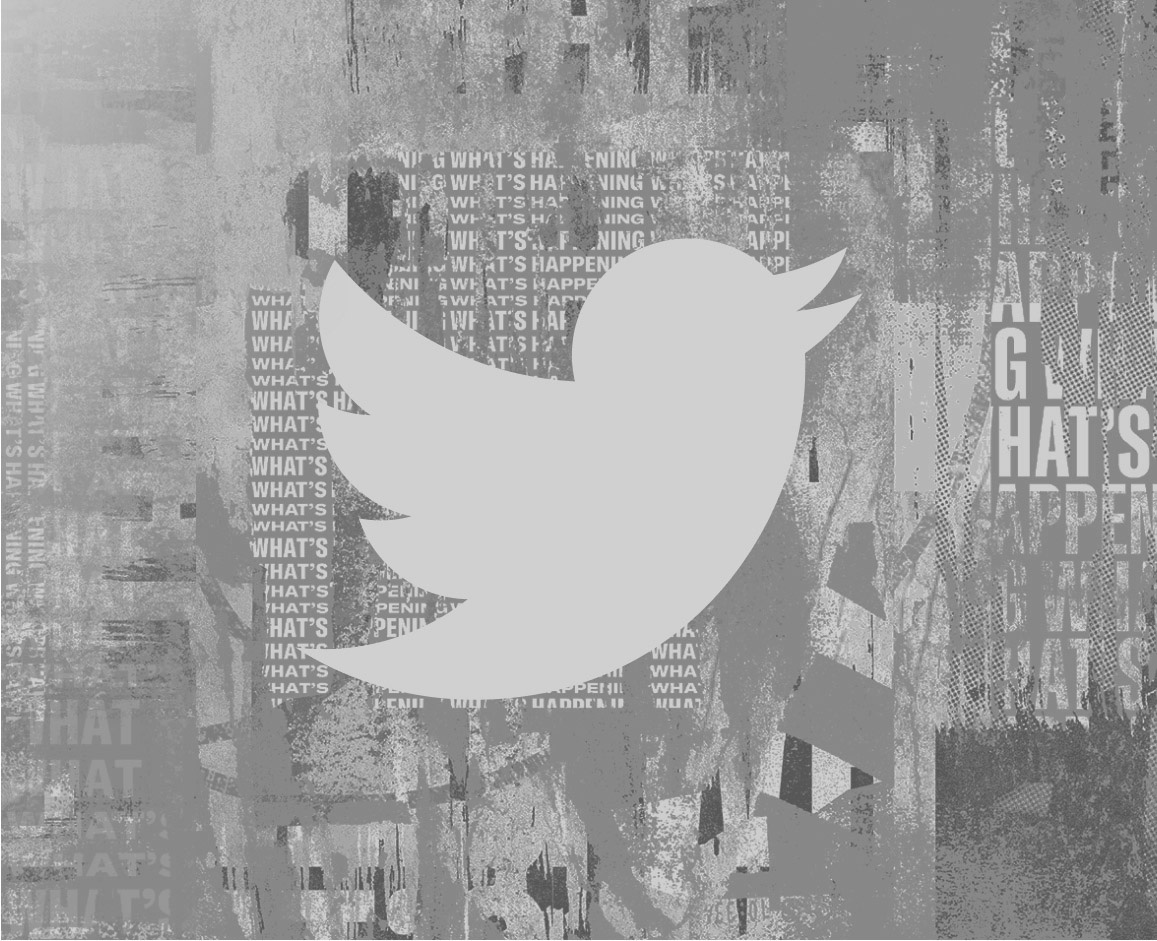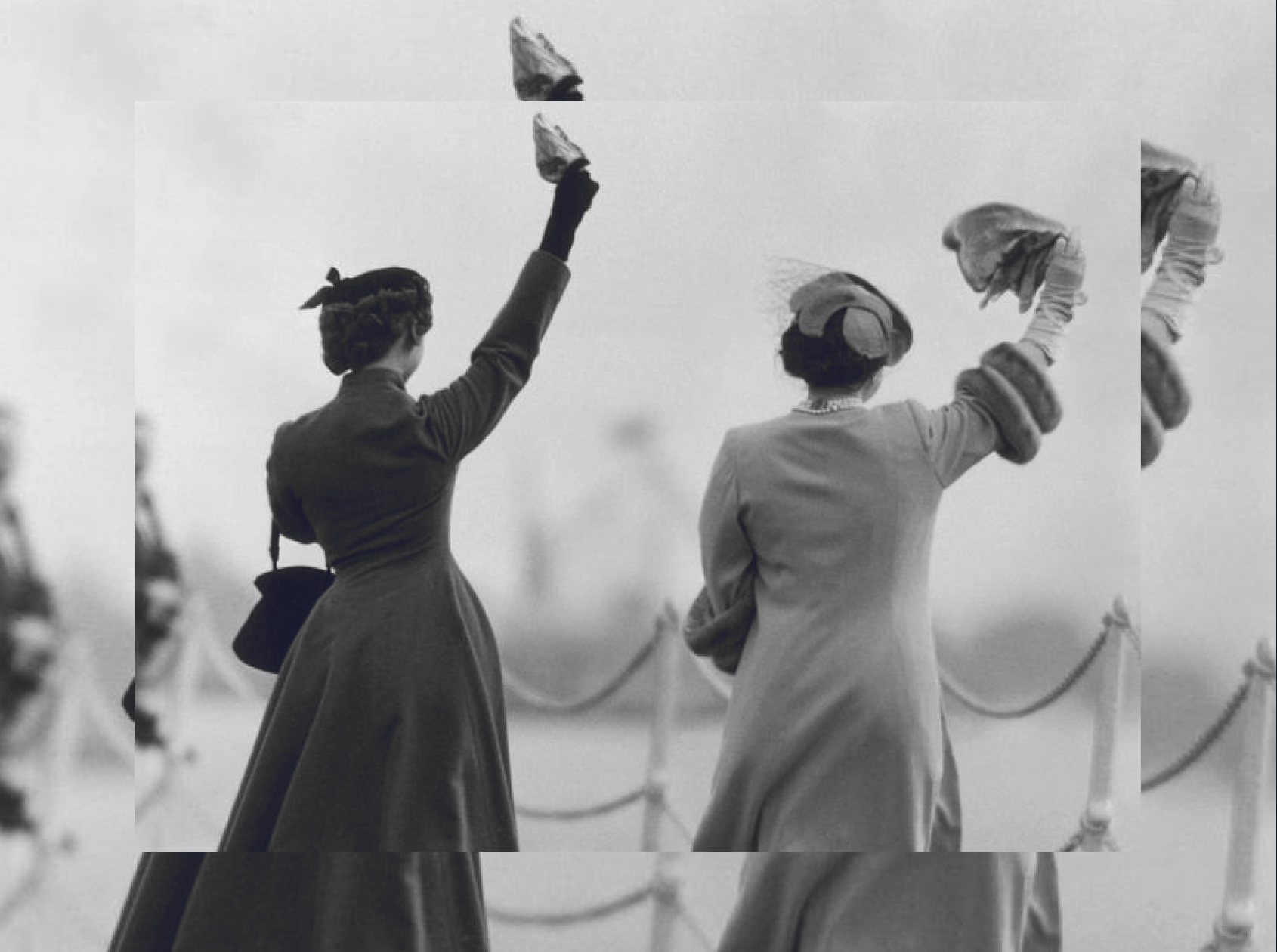What will Elon do with Twitter? That’s the top trending topic, it seems, on the Twitterverse. And there’s a growing sentiment that the answer is obvious: Subscriptions.
“Twitter really should be a subscription business,” says Elevation Partners’ Roger McNamee, who famously turned on the company he helped launch when he said Facebook is Terrible for Democracy.
But could Twitter succeed as a subscription service? Two years ago, in a piece titled “Do You Trust Twitter Enough to Subscribe?”, I argued no. It is rife with misinformation, spam bots, and focuses too heavily on the advertisers. A social media network like Twitter that is built on advertising is fundamentally flawed, because users are the product, not the customer.
In the ensuing two years, Twitter’s attempts at subscriptions have only proven the point. Let’s take a look.
Exhibit 1: Twitter Blue, launched back in June of 2021. If you’ve never heard of it, you can be forgiven. For $2.99/month, you get a bookmarks folder, reader mode, a customizable app icon, and most importantly, 30 seconds to go back and edit your tweet before it gets screenshotted and retweeted. It’s kind of a joke. One review site summed it up: Twitter Blue is Official, and it’s Stupid.
Twitter Blue is expendable. It’s nothing other than being a test-bed for features that are in-progress by Twitter’s development team. Remember, good subscriptions are indispensable! As a verified blue-check Twitter user myself, there’s nothing to Twitter Blue that would help me amplify my own voice on the platform. I know I’m not alone in this sentiment: verified badge colleagues of mine with audience reach on the platform don’t find Twitter Blue to be particularly useful in their own work, either.
Exhibit 2: Super Follows. I’m guessing you’ve never heard of this, either. Launched in September 2021, it allows users with strong followings to require a subscription fee (up to $10), in exchange for, wait for it, subscriber-only 280 character tweets.
At best, Super Follows is a lazy attempt at facilitating a creator economy. Any up-and-coming or established content creator knows that you host your creative work on TikTok, YouTube, Medium, or some other service, then you use Twitter to promote what you’ve done. Not the other way around. By asking an audience to directly support your work on Twitter – where it isn’t as visible – you create a rift between yourself, your content, and attracting new subscribers.
And, for those who are counting, Twitter users could wind up paying two subscription fees to the same service. One fee goes to the creators you appreciate (Super Follows) and another to the service itself (Twitter Blue).
Look, it’s not like Twitter hasn’t been busy. Twitter tried to be like Instagram and added stories – calling them Fleets – only to disable them less than a year later. Then they launched their clone of Clubhouse, called Twitter Spaces. Again, no one truly asked for it, yet now it has an obtrusive icon in the middle of the mobile app’s navigation bar. They even added an option of receiving donations through an icon on your Twitter profile (routed through Cash App), which is completely unintegrated with Super Follows.
It’s just not truly focused on the list of features that users have requested for a few years now, such as encrypted direct messages, an edit button, the ability to opt-out of ads, or tools like Block Party, that combat targeted harassment of journalists, women, and vulnerable groups in general. This one should have been introduced ages ago.
Why? Because fundamentally, Twitter is focused on eyeballs that drive advertising dollars.
So are subscription services doomed to fail at Twitter?
Well, it all depends on what Elon does. And there’s mounting evidence that new management could be willing to shift Twitter away from its advertising business. In the past week, people have dug up a 2019 tweet from Elon, saying “I hate advertising”. (Although honestly, who doesn’t)? Ben Horowitz, of Andreesen Horowitz, part of the $7B consortium that is backing Elon’s purchase, said Twitter cannot fulfill its promise as long as it is “solely reliant on the advertising business model”. And Elon even mused that Twitter could charge corporations and governments a small fee to be able to use Twitter, while leaving it free for “casual users”.
If Twitter wants to become a successful product long-term, it needs to understand its customers are its users and not its advertisers, and realize that subscriptions are part of a well-thought out plan, not a last-ditch effort.
I, for one, surely hope that Twitter’s new path could enable more drastic changes that prioritize its users’ wants and needs, instead of its outdated advertising business. After all, birds that lose their flock just end up making a new one.

